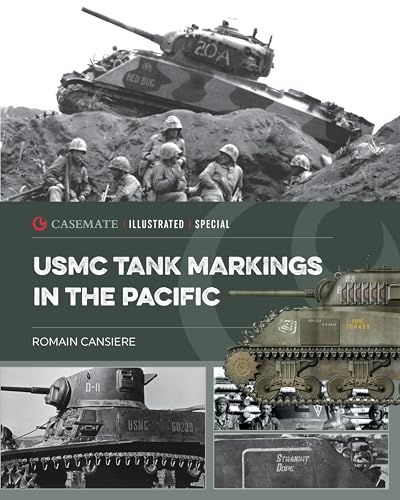
Crusader and Covenanter Cruiser Tanks 1939–45
by David Fletcher
Popularity
4.89 / 5
* A book's popularity is determined by how it compares to all other books on this website.
Where to buy?
Buy from Amazon* If you buy this book through the link above, we may receive a small commission at no extra cost to you.
Crusader and Covenanter Cruiser Tanks 1939–45 by David Fletcher
Details
War:
World War II
Perspective:
Tanks
Biography:
No
Region:
Europe
Published Date:
1995
ISBN13:
9781855325128
Description
Brief Summary
"Crusader and Covenanter Cruiser Tanks 1939–45" by David Fletcher delves into the development and operational history of two British tanks from World War II—the Covenanter and the Crusader. While the Covenanter never saw active combat, the Crusader was a vital presence in the North African campaign. Fletcher explores the tanks' designs, attributes, and the technical challenges they faced, providing a comprehensive account of their role and effectiveness during the war.
Main Themes and Topics
The book focuses on the themes of military engineering, logistical challenges, and the strategic role of armor in World War II. It expounds on the technological developments that occurred during the hurried pre-war period and the impact these had on the performance and reliability of the tanks. Fletcher gives equal attention to the design philosophies that drove the creation of these cruisers and the operational outcomes they yielded, particularly in the unforgiving North African desert.
Writing Style and Tone
David Fletcher writes with an authoritative tone, drawing on his extensive knowledge of military vehicles to create a narrative that is both informative and engaging. His writing is characterized by clarity and precision, making complex engineering topics accessible to a broad audience. Fletcher's style balances technical detail with historical context, ensuring that readers gain both an understanding of the tanks' specifications and their strategic importance during the war.
Criticism
Some readers might find the book's focus on technical details to be overwhelming, especially if they are not familiar with military engineering concepts. While the depth of information is one of the book's strengths, it might also pose a challenge to those looking for more general historical narratives. Additionally, the lack of personal accounts or anecdotal stories could make the book feel somewhat dry to readers who prefer a more human-interest angle in military history.









